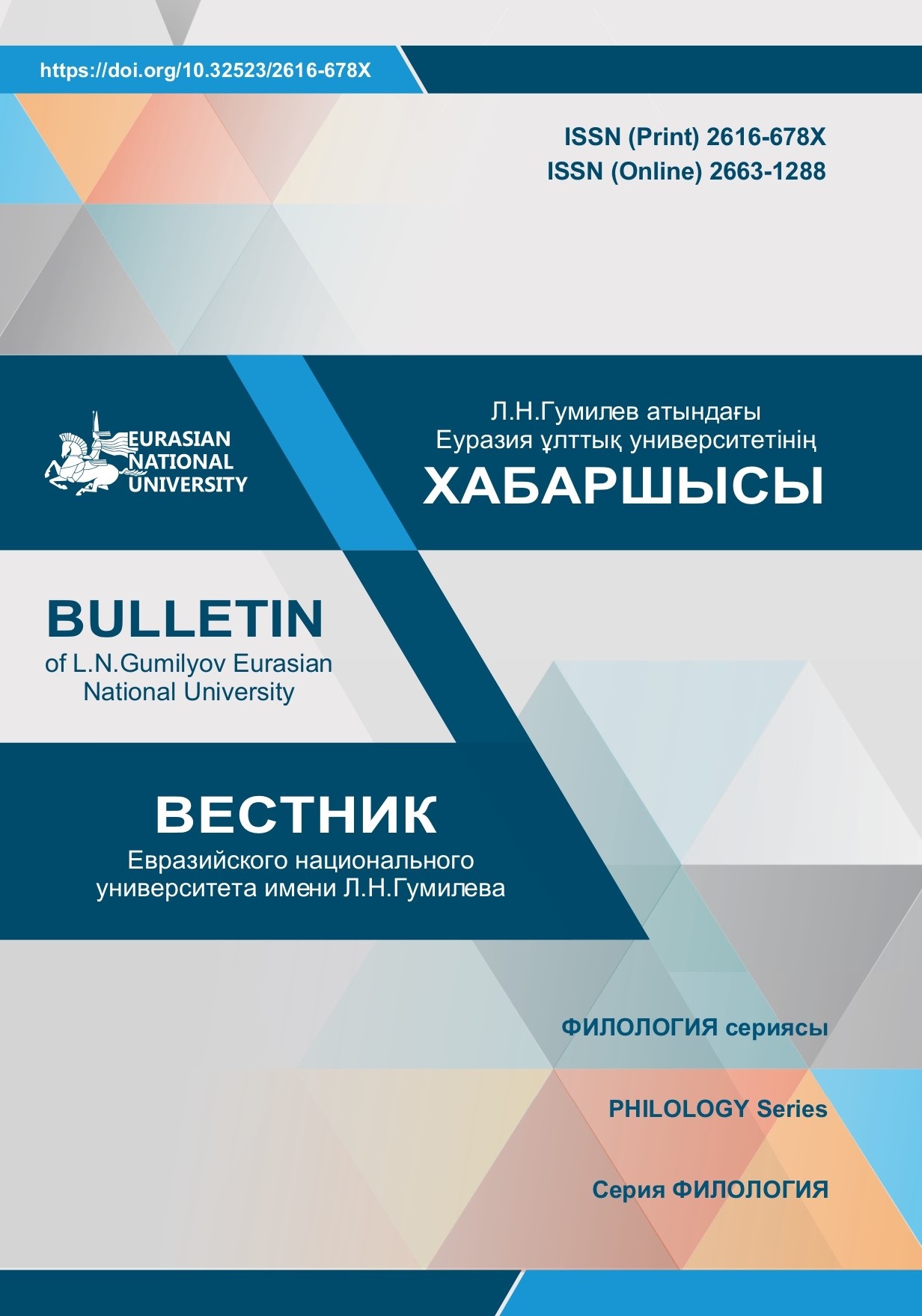Technologies in teaching foreign languages to university students of linguistic and nonlinguistic specialties: rethinking in the era of Web 2.0 and Web 3.0
Views: 208 / PDF downloads: 124
DOI:
https://doi.org/10.32523/2616-678X-2024-147-2-249-262Keywords:
learning technologies, foreign language, Web 2.0, Web 3.0, efficiency, student perception, innovations in educationAbstract
Against the backdrop of the rapid development of digital technologies and the emergence of new paradigms in web development, education inevitably reconsiders approaches to learning.
The article is devoted to the study of the use of technology in teaching foreign languages, taking into account the principles of Web 2.0 and Web 3.0. A comprehensive methodological approach was used, including questionnaires, conversations with teachers and students, analysis of educational programs and observation of educational processes.
One of the key findings of the study is students’ positive perception of the effectiveness of technology in the process of learning foreign languages. In particular, students from non-language majors highly rated interactive online courses and language applications for mobile devices. However, difficulties have been identified, such as unstable Internet connections and difficulties in maintaining motivation in distance
learning.
The work has practical significance for university teachers and administrators, providing information for adapting curricula to modern student requirements. An in-depth study of the impact of personalized
learning platforms is recommended, as well as a detailed analysis of methods for maintaining motivation in online education.







